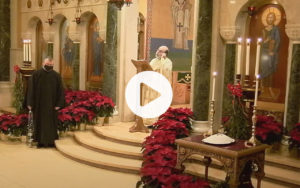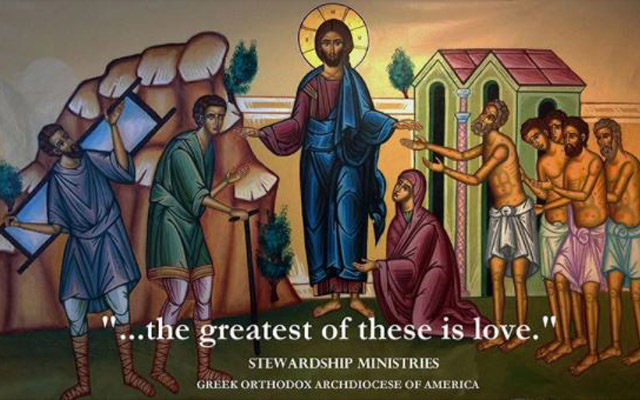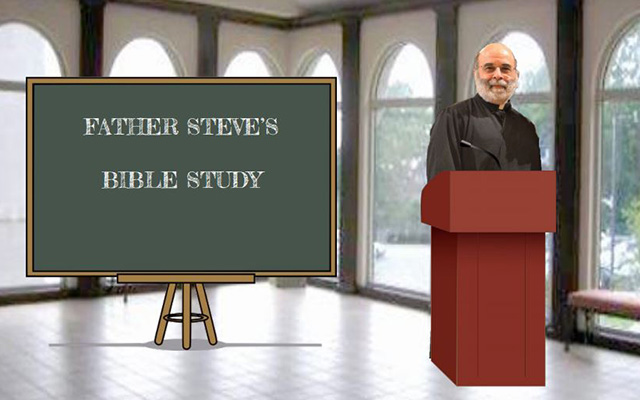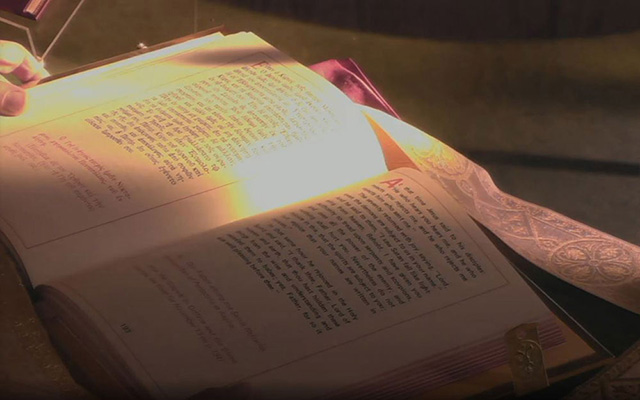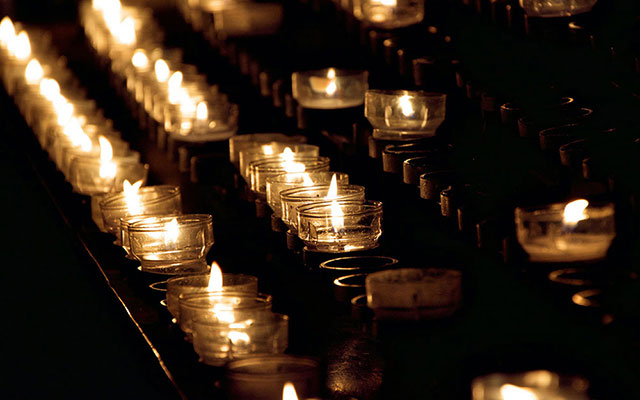The Fifth Monday of Great Lent. By the Rivers of Babylon: Inconsolable Home-Sickness
Mihaïl Koutsos Psalm 136. By Jeremiah to David, on captivity 1 By the rivers of Babylon there we sat down and wept when we remembered Zion. 2 We hung our instruments on the willows, 3 for there our captors asked us for songs, and our abductors asked for mirth, saying, ‘Sing us one of the songs of Zion’. 4 How shall we sing the Lord’s song in a foreign land? 5 If I forget you,


